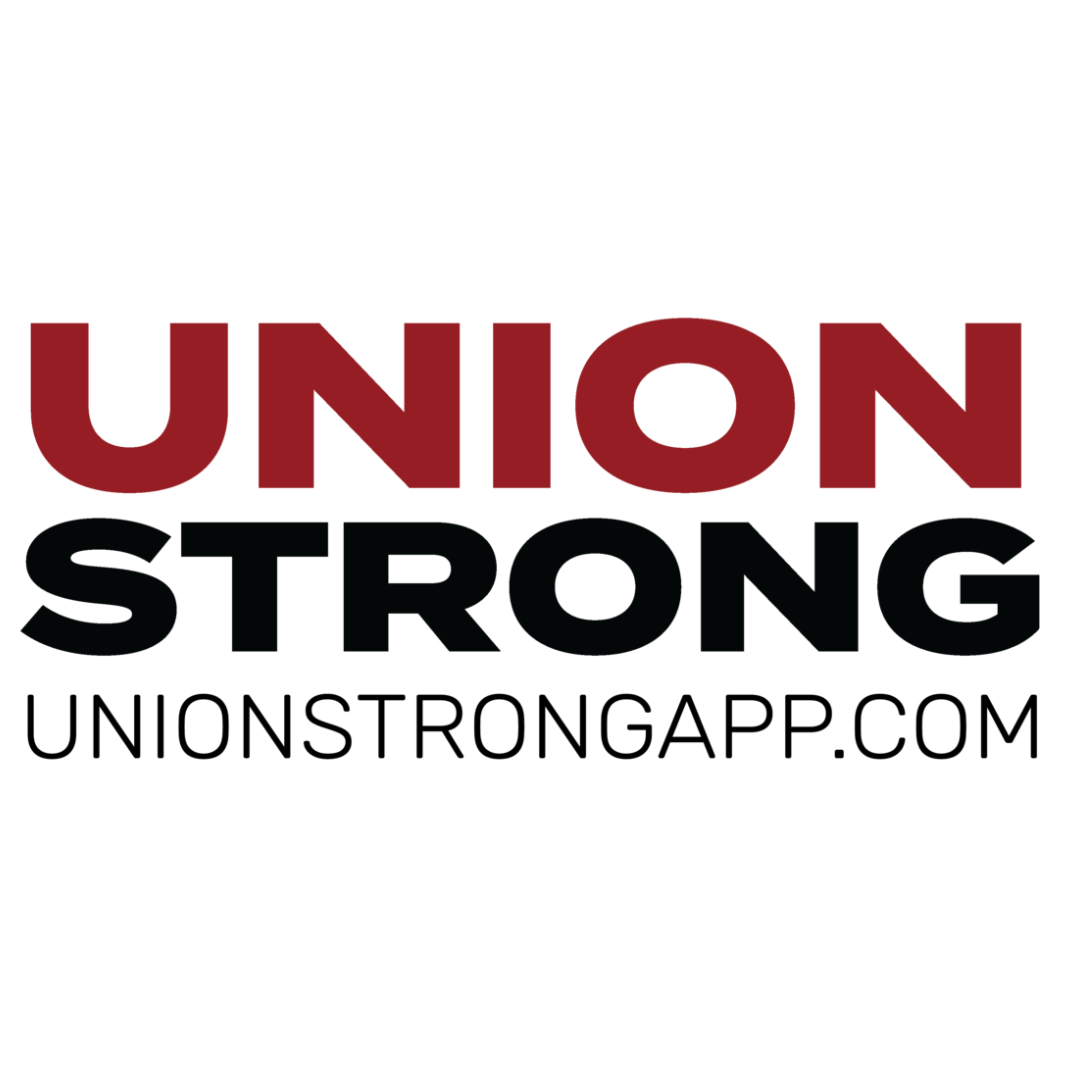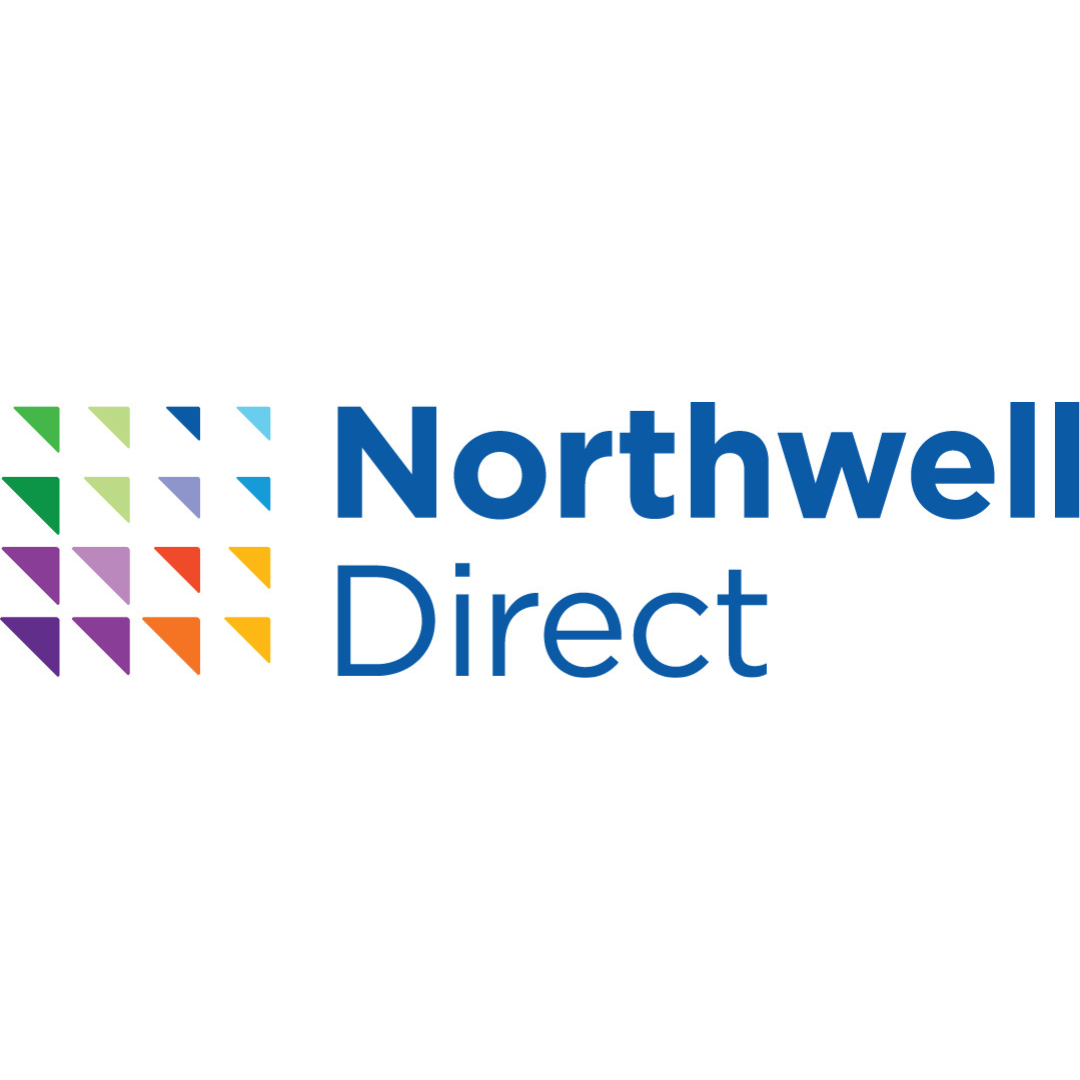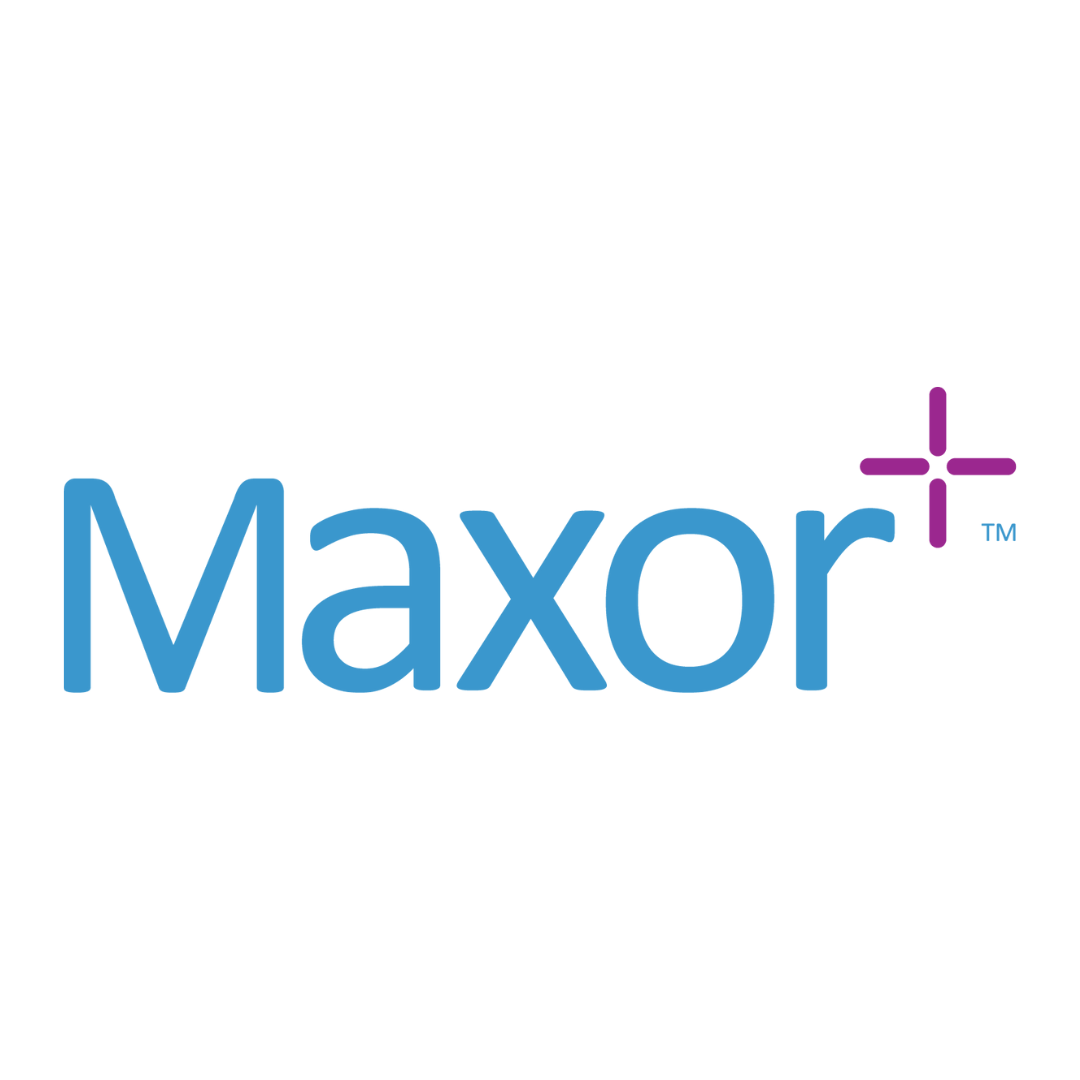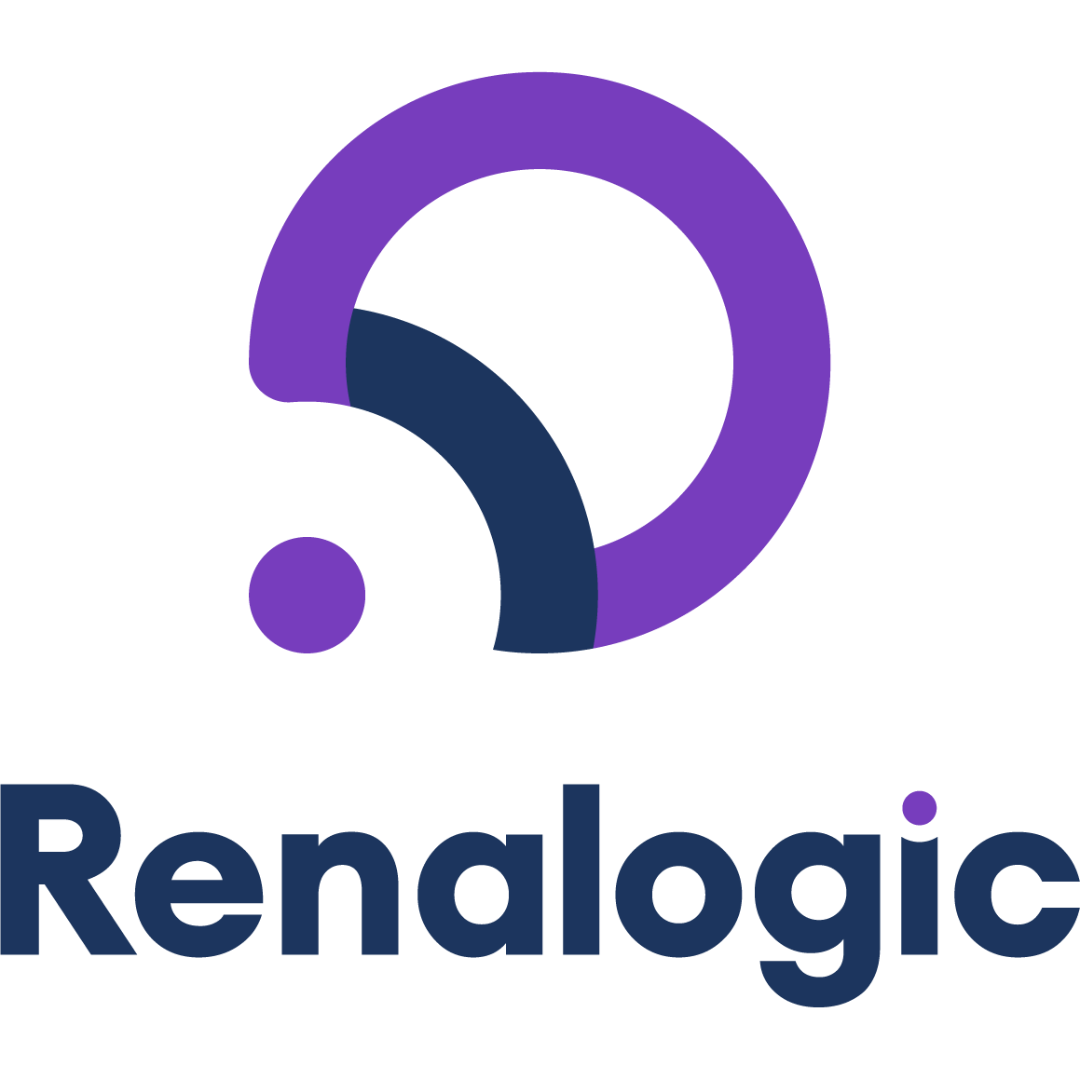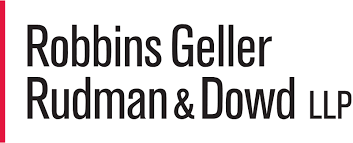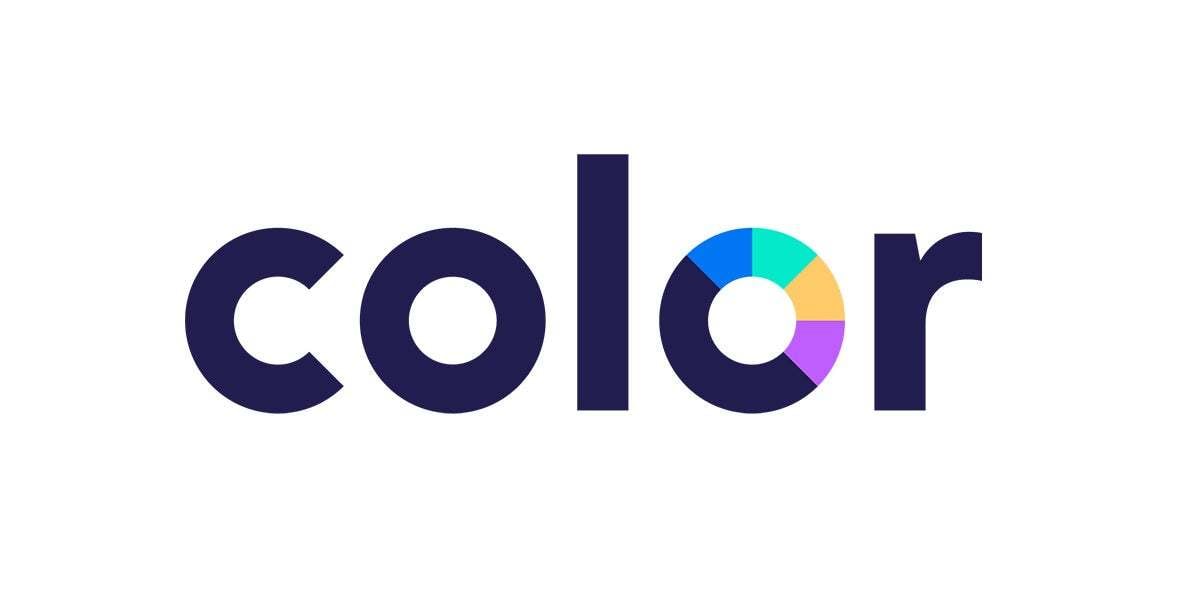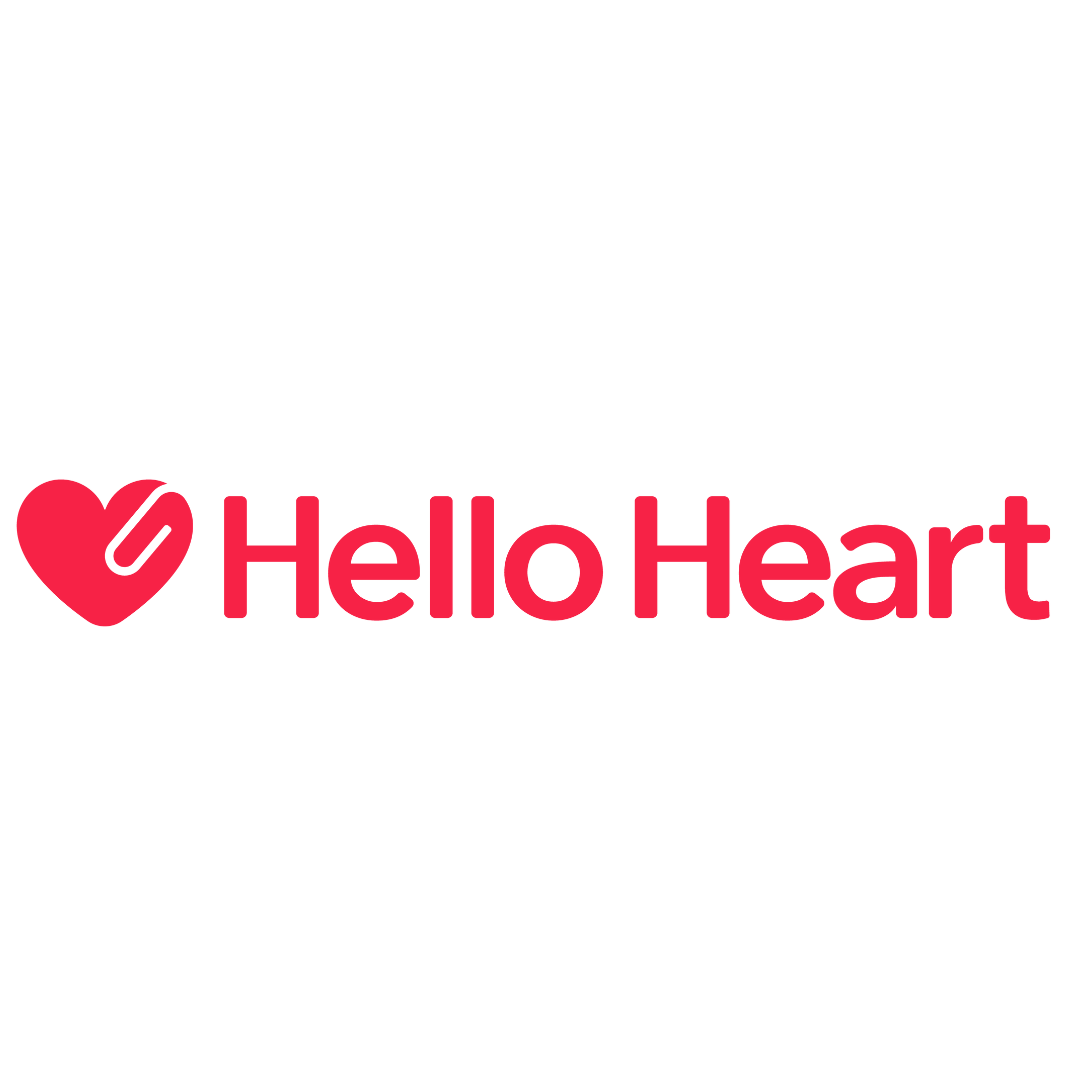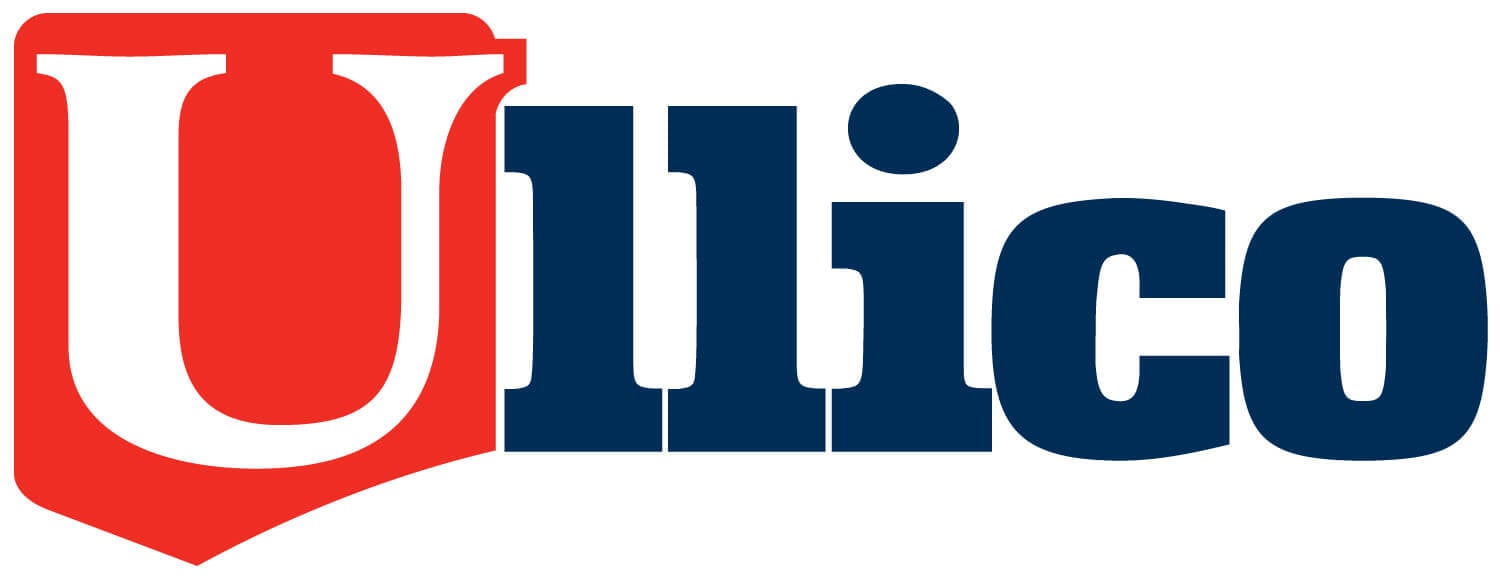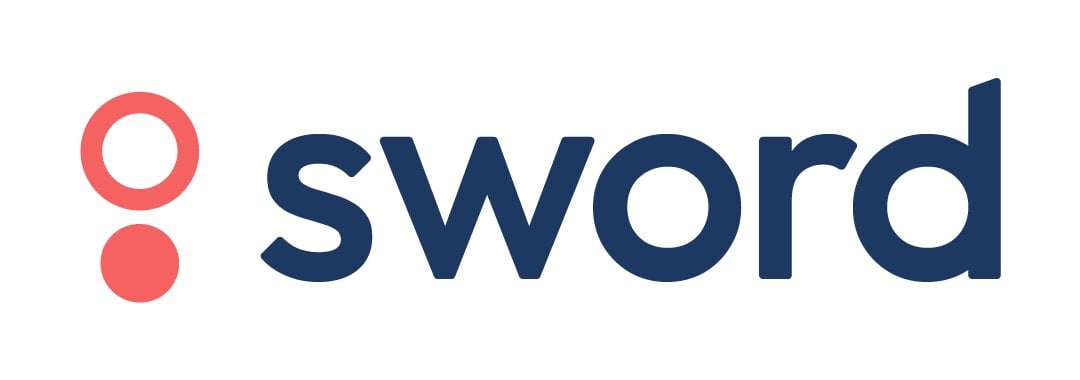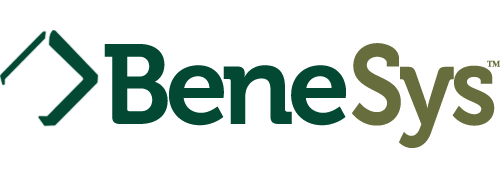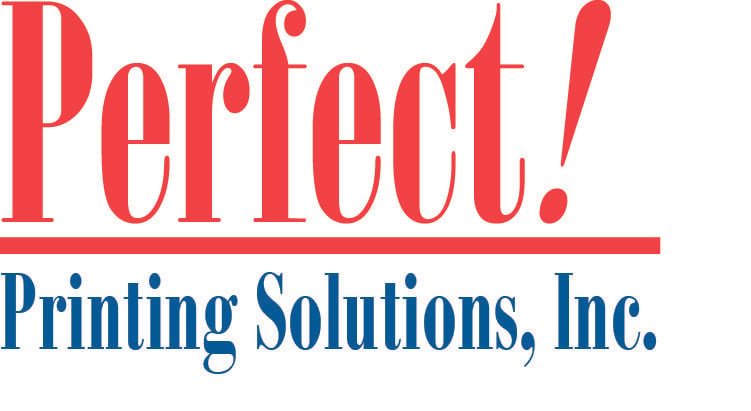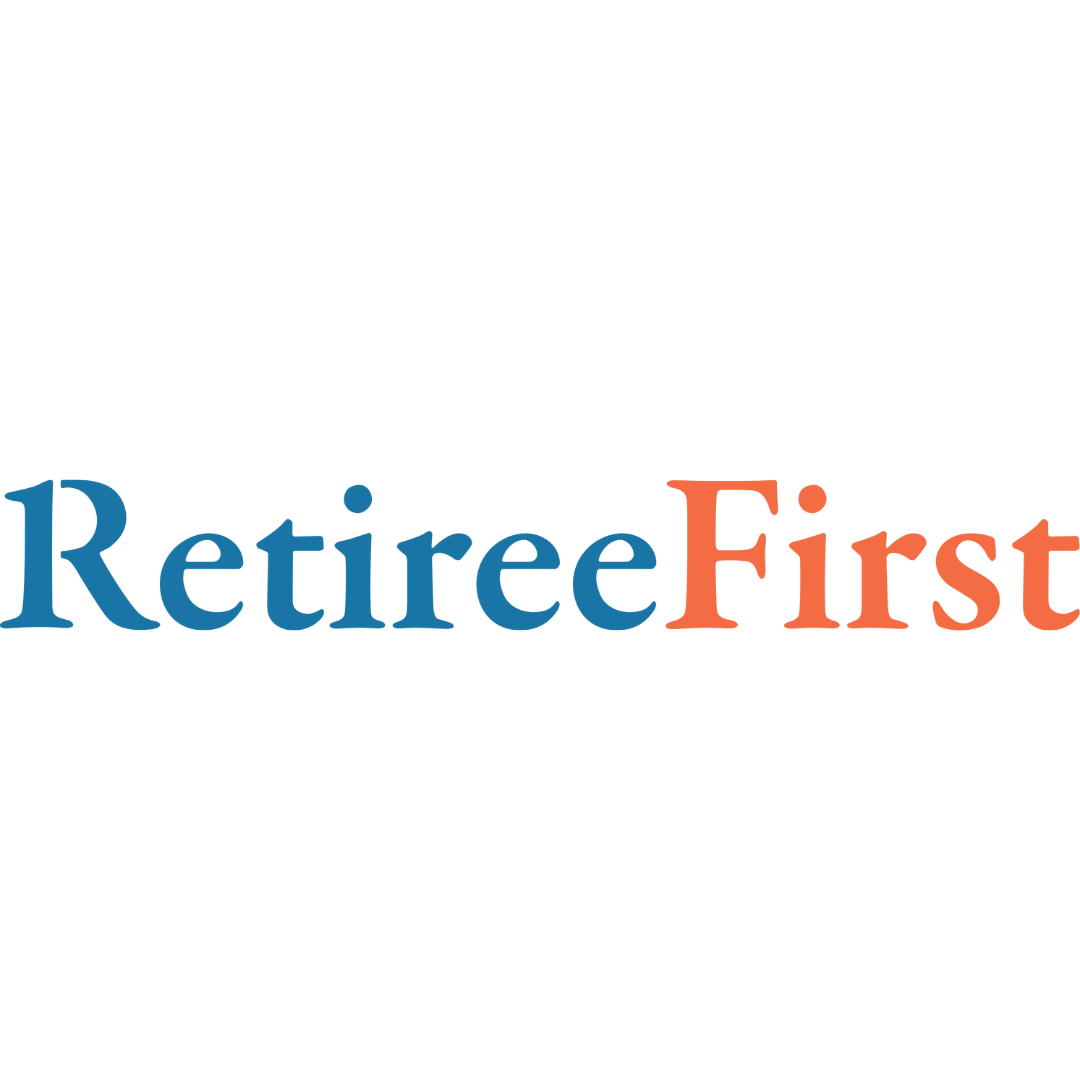3 Myths Holding Benefits Teams Back from Adopting Digital Therapeutics

Tom Kahl
Chief Revenue Officer at Hello Heart

Let us start with the most important fact in this article: digital therapeutics work. Numerous peer-reviewed studies show improved outcomes from digital therapeutics across a broad range of conditions, including hypertension.
Yet despite the clinical and cost-saving advantages, some organizations have not yet adopted digital therapeutics — including self-insured employers whose claims costs are expected to climb 5.5 percent in 2022. In many cases, it is not an issue of competing priorities. It is a matter of myths and misconceptions.
There are three common myths that keep some organizations — and by extension, their employees — from reaping the rewards of digital therapeutics. The good news is that debunking them is fast and easy:
Myth 1: Digital therapeutics are expensive, and we don't have the budget.
Fact: The cost-to-value of digital therapeutics can potentially save self-insured employers millions in medical claims by reducing spending on avoidable invasive procedures, treatments, and diagnostics.
For example, cardiovascular disease is the most expensive chronic condition in the U.S. with an overall price tag of about $363 billion each year. And not surprisingly, cardiovascular disease is among the top (if not number one) driver of claims costs for many self-insured employers. The average total medical spending per year for each individual with hypertension is $9,842. But can some of these costly claims be avoided? In many cases, the answer is yes.
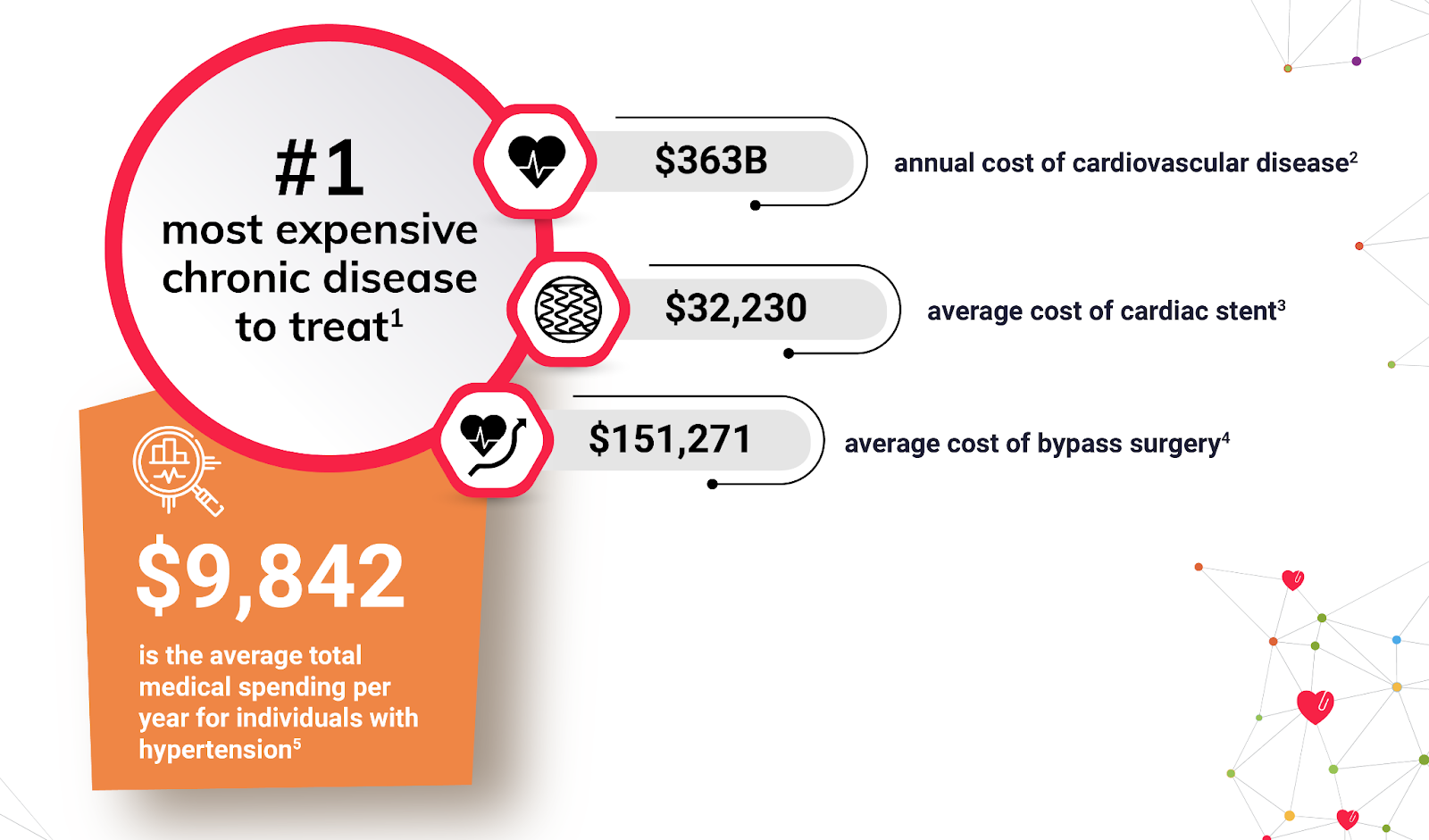
Hypertension is one of the most important risk factors for development of cardiovascular disease and other chronic conditions. Early detection and management of it can be key to catching risk in time and potentially saving lives. Untreated hypertension can come at a high price, including undergoing costly invasive procedures that could have been avoided.
A digital therapeutic solution that helps employees manage their heart health can not only reduce hypertension — and may even save lives — but it dramatically reduces claims costs. And “dramatically” is not hyperbole. A matched-control study, which has been validated by the Validation Institute, found that for members who used Hello Heart’s smartphone-based hypertension solution cardiovascular disease-related claims costs went down by an average of $880 per employee in year 1. Conversely, members who did not use Hello Heart’s solution (i.e. the control group) saw cardiovascular disease-related claims costs rise by an average of $985 per employee in year 1. This $1,865 savings per employee in the first year is not abstract. It is validated.
As for the budgeting concern, many organizations have excess wellness funds. Yet benefits leaders may not know that these funds can be used to pay for this type of solution. In some cases, digital therapeutics may also be able to be billed through an organization’s health plan as a preventative benefit.
Myth 2: Implementing digital therapeutics is difficult.
Fact: It is true that some vendors place the burden on benefits teams to implement a new solution, and figure out how digital therapeutics fits into their ecosystem. This can be tedious, costly, and risky. But there is another truth to consider: not all digital therapeutics partners are created equal.
In addition to demonstrating clinical impact with published peer-reviewed studies and financial impact with validated cost savings, leading vendors will:
- Have a proven track record of success and be able to provide testimonials and case studies from similar industries and populations.
- Handle all of the implementation and roll-out “heavy lifting,” including enrollment marketing and billing set up.
- Have a simplified contracting, billing, and referral process – with strong relationships and deep integrations with health plans, PBMs, and other ecosystem partners.
- Provide a strategic communication plan and resources to accelerate employee adoption and engagement.
Another important consideration is timing of implementation. Open enrollment is one of the most stressful times of the year for benefit leaders. Due to the efficiencies mentioned above, they can easily launch a new digital therapeutic benefit solution off-cycle – during a vastly less stressful and hectic time. A vendor can help strategically plan off-cycle implementations that maximize target population enrollment. For example, Hello Heart often partners with clients to launch during a health awareness month such as American Heart Month in February, and National Cholesterol Education Month in September, when heart health is top of mind.
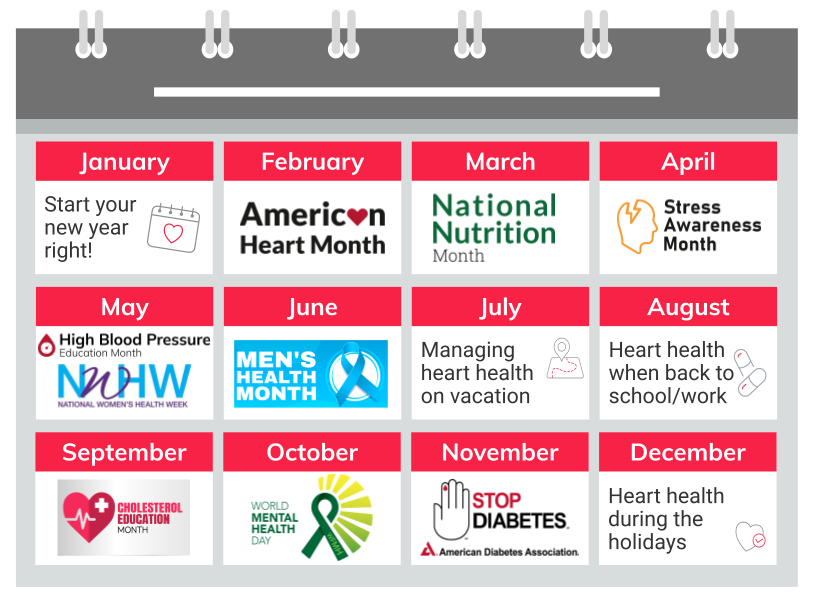
Essentially, leading vendors do not just “sell” a digital therapeutics solution. They lean forward and ensure that organizations have a positive implementation experience — because that lays the foundation for rapid adoption, the shortest path to value, and significant ongoing ROI.
Myth 3: Most employees won't utilize a digital therapeutics benefit.
Fact: It is a frustrating story: the benefits team just rolled out a promising new program, but many employees do not sign up. And several of those who do, fail to use it. However, there are practical ways for organizations to avoid these pitfalls, and instead drive enthusiasm, adoption, and ROI. These include:
- Do not take a one-size-fits-all approach to delivering benefits. Instead, choose specific digital therapeutic solutions that deliver targeted benefits for different segments of the workforce based on their needs.
- Roll out a multi-channel communication strategy that drives employee awareness and enthusiasm. The vendor should play a key role here by providing resources, sending out mailers and emails, and running on-site/online enrollment events.
- Once employees have enrolled, keep them engaged so that they use the benefit and start seeing results. Effective engagement strategies may include: built-in gamification that makes solutions “sticky” and fun to use, exceptional user support and customer service, and targeted campaigns during health awareness months. Again, the vendor is a key driver here.
The Bottom Line
Digital therapeutics provide employees with a convenient, engaging, and effective way to manage and control their health, and may prevent debilitating, potentially life-threatening diseases. They also enable organizations to sustainably, strategically, and significantly reduce medical claims costs. Digital therapeutics are not just altering the benefits landscape. In some ways, they are re-inventing it — which is a major win for employees and organizations alike.
Hello Heart is not a substitute for professional medical advice, diagnosis, and treatment. You should always consult with your doctor about your individual care.

